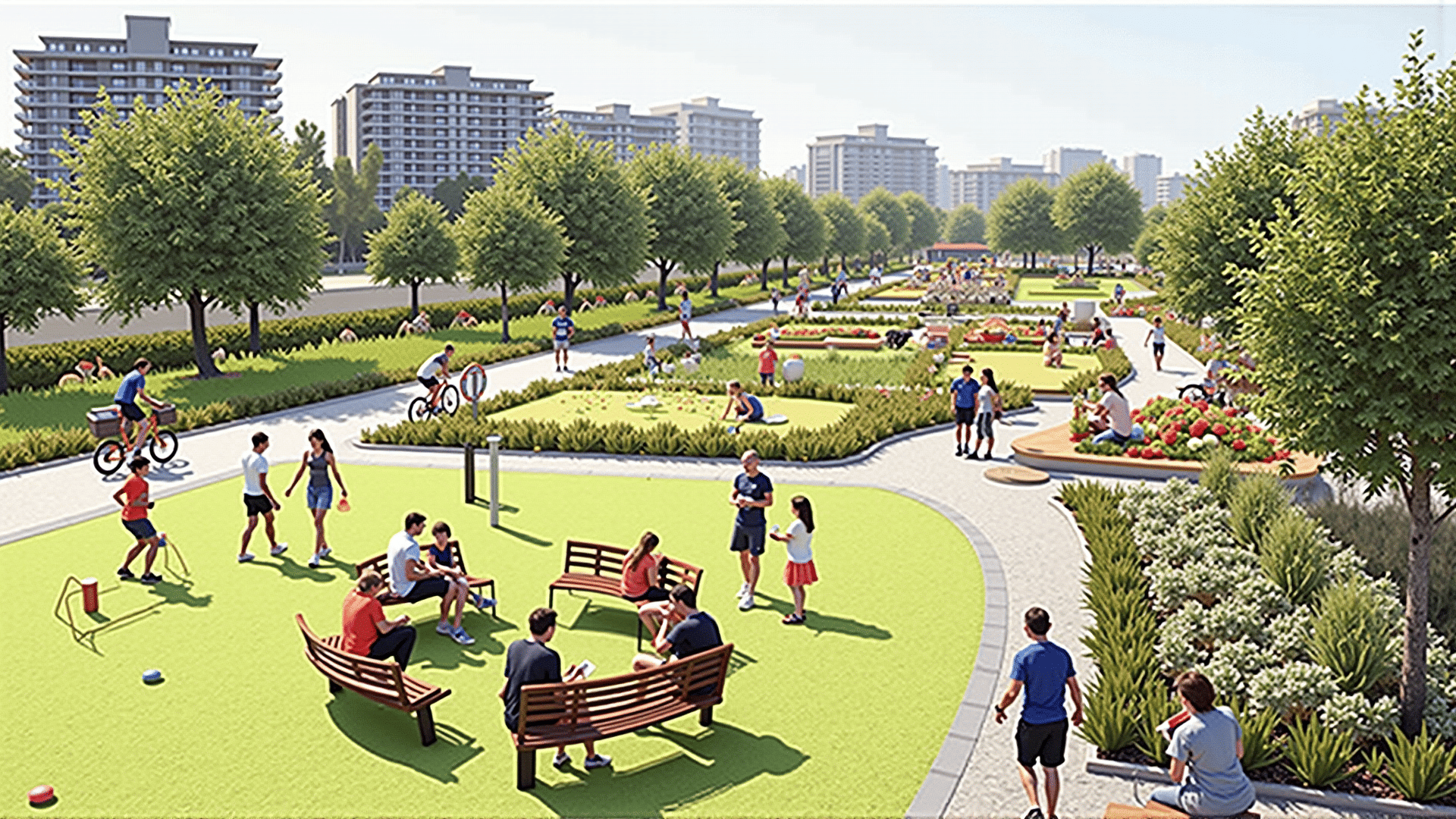Across Australia, urban spaces designed by local communities are transforming cities into dynamic hubs of inclusivity and creativity. These spaces, collaboratively designed and managed, are tailored to meet the unique needs and aspirations of their neighborhoods, fostering a sense of belonging and engagement among residents.
One notable example is the growth of community gardens, which are popping up in metropolitan areas from Sydney to Perth. These gardens not only offer urban dwellers a chance to reconnect with nature but also serve as communal areas for workshops, cultural events, and social gatherings. Residents of all ages come together to plant, cultivate, and harvest produce, transforming underutilized plots of land into vibrant ecosystems that benefit both the environment and the community.
In addition to green spaces, some neighborhoods are transforming derelict buildings into thriving cultural centers. These revitalized spaces host art exhibitions, music performances, and educational sessions. By providing accessible platforms for local artists and entrepreneurs, these centers encourage creativity and innovation, reinforcing community ties and local pride.
Another innovative initiative is the establishment of shared workspaces that are accessible to all, regardless of socioeconomic background. These spaces often offer sliding-scale memberships and host skill-sharing sessions, enabling community members to learn, teach, and collaborate on projects. This not only supports the local economy but also ensures that opportunities for personal and professional growth are available to everyone.
Playgrounds and recreational areas are also seeing a transformation. Designed in collaboration with local residents, these spaces reflect the distinct character of their communities. Play areas are built with diverse needs in mind, ensuring accessibility and safety for children and caregivers. This inclusive approach ensures that these areas offer play and relaxation opportunities for all, fostering a sense of community among families.
Transport connectivity is another area being influenced by community input. Citizens are increasingly involved in the planning processes, advocating for cycle paths and pedestrian-friendly zones that reduce the reliance on cars. These efforts not only make neighborhoods safer but also encourage eco-friendly travel, contributing to healthier lifestyles and a cleaner urban environment.
These community-driven urban projects are more than just infrastructural developments; they embody a movement towards participatory city living. They challenge traditional models by highlighting the potential of collaborative processes in urban planning. As these spaces continue to flourish, they set a precedent for future urban developments that prioritize the welfare of individuals and communities, fostering stronger, more integrated, and resilient urban environments in Australia.
